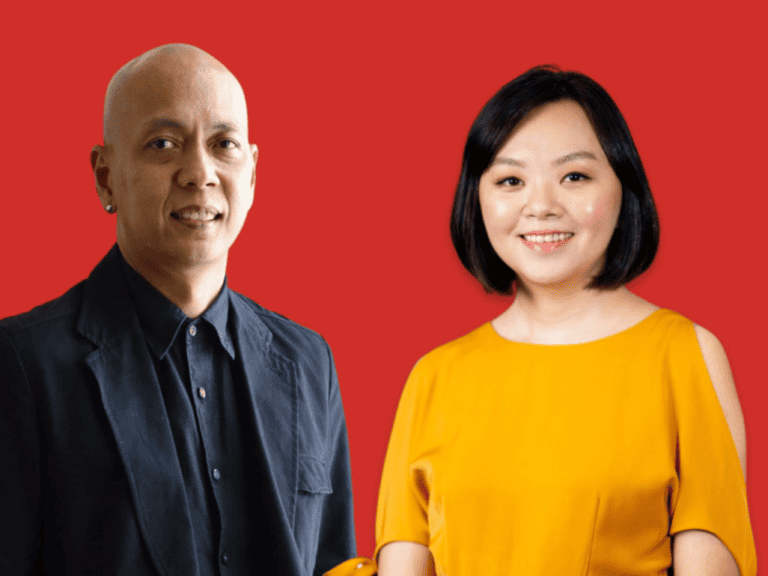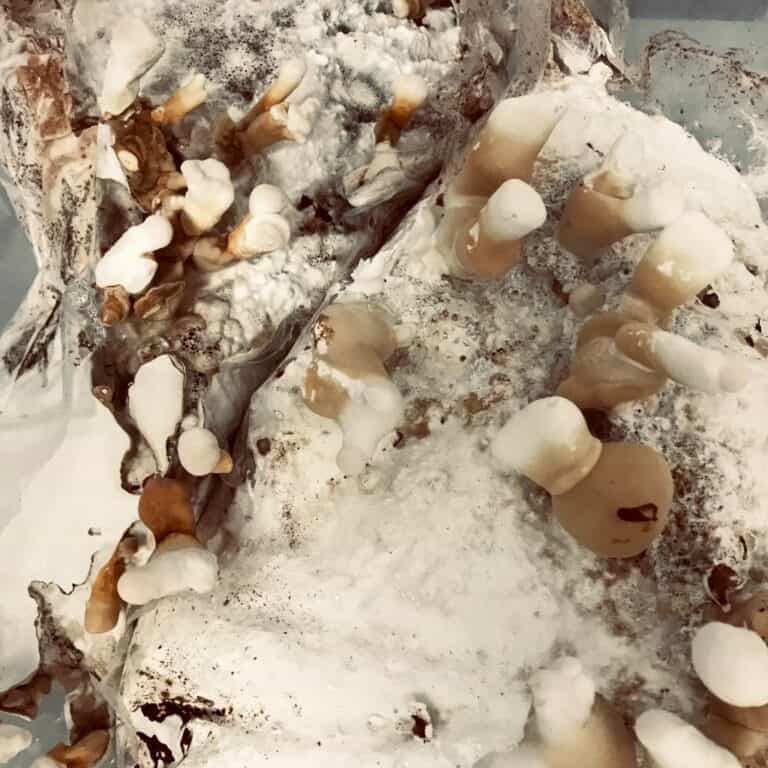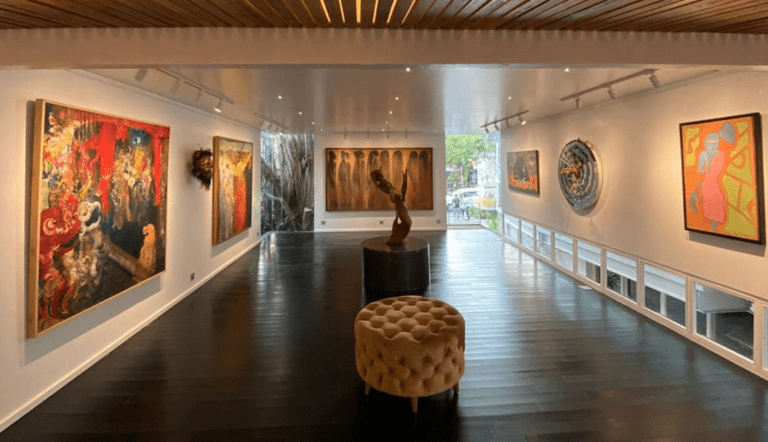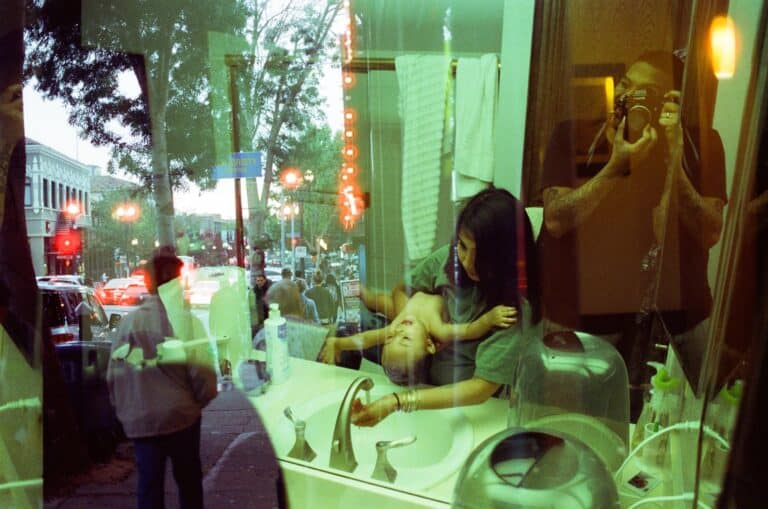An anxious silence sweeps an otherwise vibrant, deeply communal art world in the Philippines.
Since the rapid outbreak of the Covid-19 compelled the government to impose a month-long lockdown, museums have shut down. The much-awaited affordable art fair, Art in the Park, has been indefinitely postponed. Gallery openings, artist talks, and other social activities that young artists depend on to be seen and survive have disappeared in the blink of an eye.
Yet, just as they have done in past chaotic and uncertain times, Filipino artists continue to create. Cooped up in their homes just like the rest of us, many of them are no strangers to solitude.
“Being isolated is not different from the life of a full-time artist,” says Elmer Borlongan, one of the Philippines’ veteran artists active since the 1980s.
These days, he keeps busy with the same daily routine that has fuelled his art-making, grateful that technology allows him to keep in touch with the outside world.
Two weeks ago, he posted a drawing on Instagram paying tribute to heroic health workers, rendered with a realism quite distinct from his iconic bald men with distorted, elongated limbs. In this piece, a face-mask and shield veil a doctor’s entire face, save for a pair of piercing, determined eyes gazing straight at the viewer. At this moment in time, the image of a doctor immediately tugs at our heartstrings—moving us to imagine what it must feel, even just for a moment, to be in his shoes at present: overworked, exhausted, yet desperately moving with urgency to heal our fragile bodies. While Borlongan’s doctor appears stable and strong, the picture is a poignant reminder that he is not invincible. Almost day after day, Filipinos receive the harrowing news that yet another doctor—working within painfully limited resources in understaffed hospitals—has passed away. This doctor in Borlongan’s drawing, fully covered in protective clothing, is just as human and vulnerable as the rest of us.
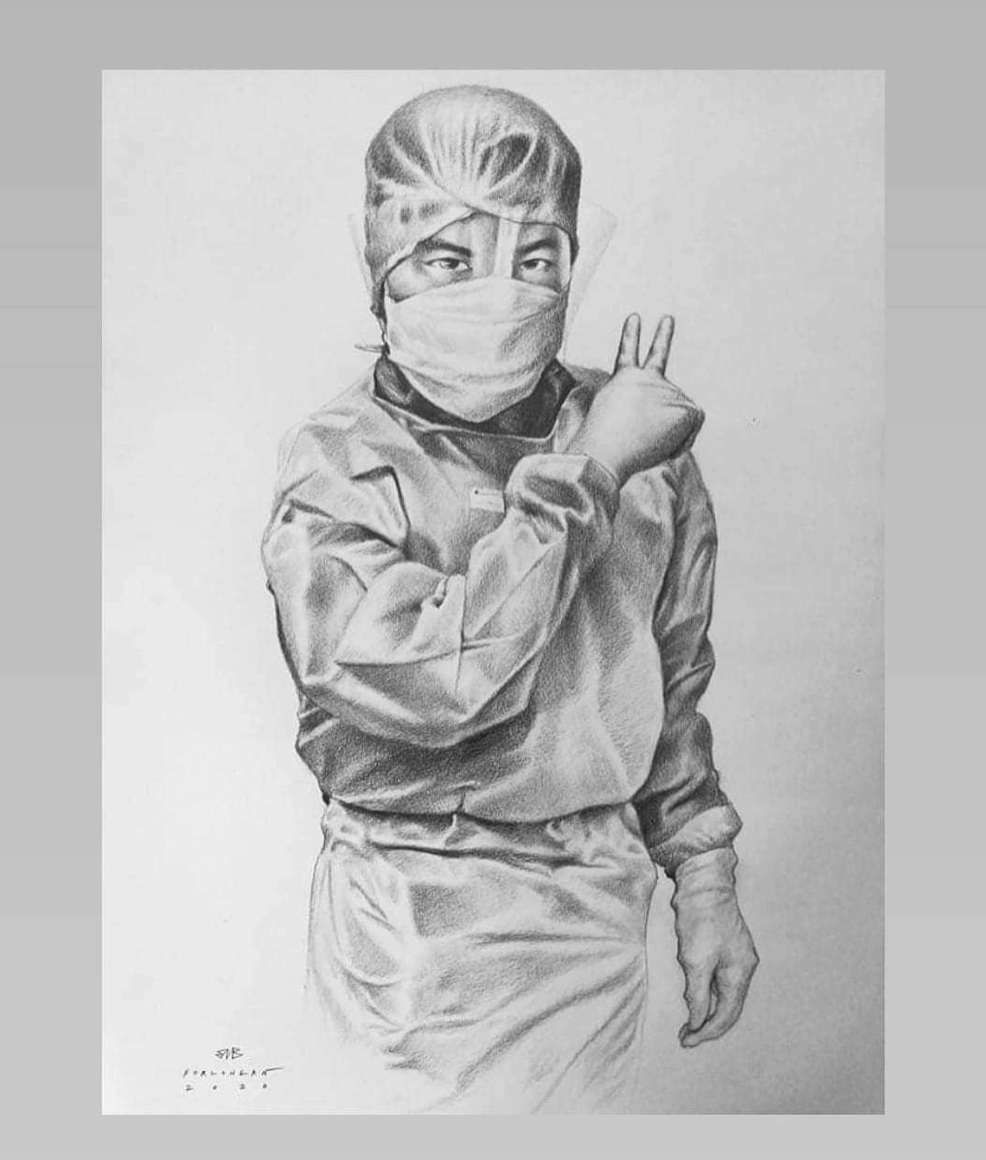
Seclusion takes on a different quality
While being secluded for a sustained period of time is common to many artists, practitioners now are attuned to the drastically changing world beyond their studios, sensitive to the waves of heightened fear and pain paralysing humanity at present.
“I deeply feel the turmoil of this world outside—helpless even, whenever I hear the news,” says digital artist Issa Barte. “In this situation, it’s difficult to sleep because of everything I’m thinking,” shares painter Lynyrd Paras.
“While it’s normal for me not to leave my studio, what’s not normal is knowing that this situation isn’t only affecting my area—but the entire world.”
Across the world, millions have lost their jobs. Tens of thousands have died, while families must mourn in isolation, robbed from the warm embrace of their loved ones. In the Philippines, where roughly one-fifth of the population lives below the poverty line, workers who depend on daily wages—street vendors, construction workers, tricycle drivers—are facing a terrifying reality: no work means no food to feed their humble families. The Philippine President, in the best position to help the most vulnerable, has been sharply criticised for his recent commands to use violence and force to suppress an already suffering, starving society.
Art as a form of historical record
Yet, when we look back at this bleak moment in time, one thing is for certain: we will not only be turning to news articles as a form of historical record, but art. Art has the power to capture not just the hard facts—but, crucially, our collective mood and the deeply felt emotions that oftentimes, cannot be expressed in words.
Sculptor and painter Toym Imao believes that this is the role of the artist today: “We can create works that can somehow embody the zeitgeist of this period of crisis, the sentiments of the people.” He quotes the German playwright and poet Bertolt Brecht: “In the dark times/Will there also be singing? Yes, there will also be singing/About the dark times.”
Indeed, the history of Philippine art is testament to the very notion of art surviving the darkest of times. At the end of the 19th century, Juan Luna painted his dramatic, emotionally charged Spoliarium, where he turned a moment in Roman history, otherwise alien to most Filipinos, into a powerful piece in which Filipinos were able to project their grief during tense colonial times, bourgeoning in rebellion against oppressive Spanish rule. After the Second World War, Philippine modern artists turned to distortion and abstraction to express the inner turmoil that permeated a nation devastated by a deadly battle between two colonial powers—leaving structures in rubble and taking the lives of roughly 100,000 civilians. During the Marcos era, social realist painters resisted attempts of the government to whitewash the darker truths of their present time, using recognisable symbols to depict different forms of persecution, ranging from the censorship of media to the exploitation of farmers.
Writing (art) history in the time of Covid-19
While they cannot display at galleries or be out protesting in the streets today, artists are engaging with social media to similarly articulate their fluctuating feelings, ranging from fuming frustration with the President to overwhelming loneliness. Barte launched a series on Instagram, where she invited strangers to submit to her how they feel at this time. In one illustration, a tiny figure is sitting at the bottom portion of the image, while a large, black speech bubble forms on the right. The bubble is empty, save for a small phrase written in white, almost drowning in the darkness: “I feel alone.” Ironically, the title of the series is Not Alone—a reminder that we can still find solidarity in our solitude. “I think art has been my saving grace of today: my way of voicing out and connecting again,” shares Barte.
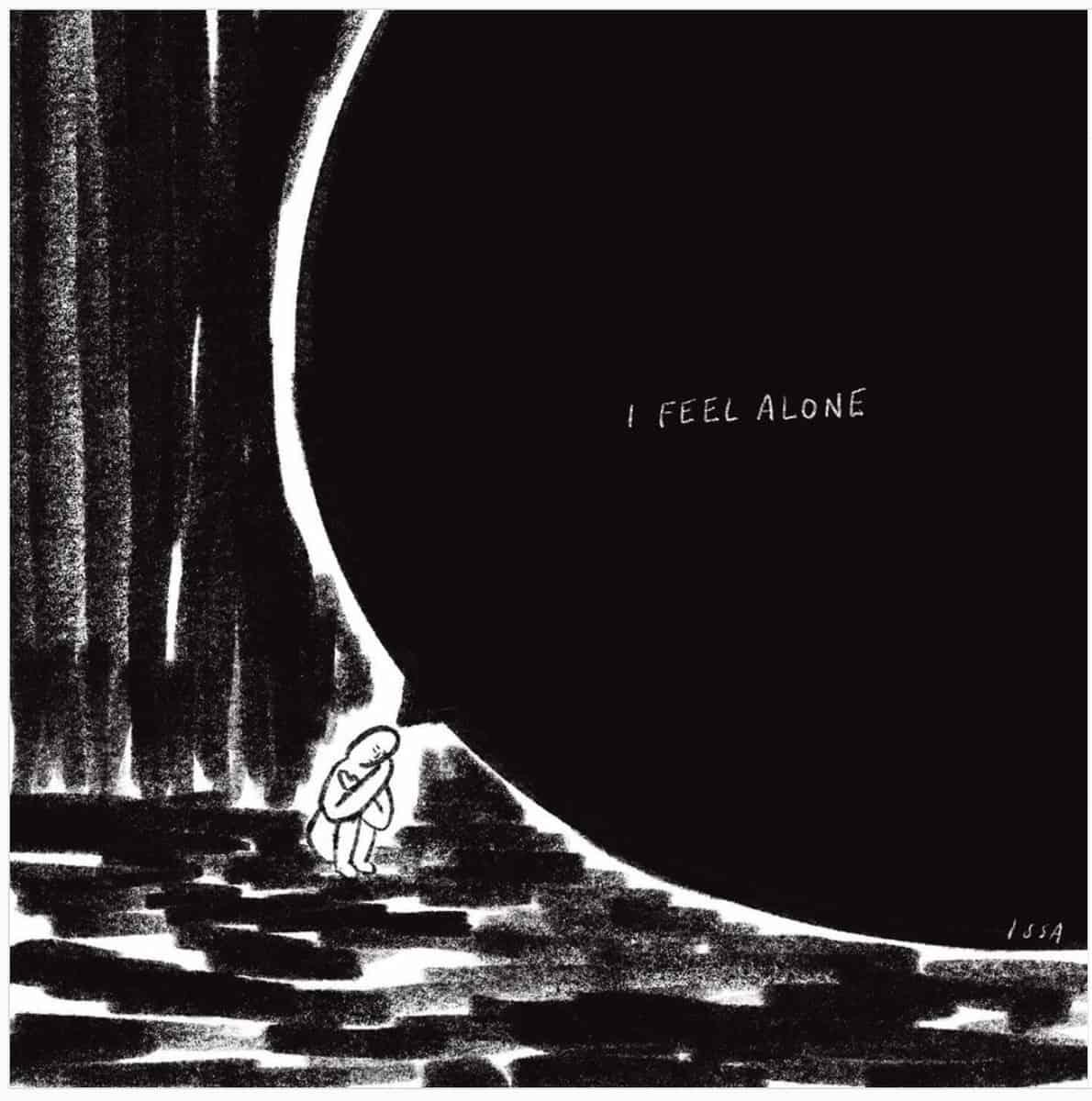
On the flip side, some artists have also used their art to cheer up and provide comic relief to their followers. Interdisciplinary artist Dex Fernandez, also known as Garapata, asks people to send in funny stories during their quarantine, which he then turns into simple comics. One picture shows a couple bickering on their couch, with one joking that the other should take a shower already.
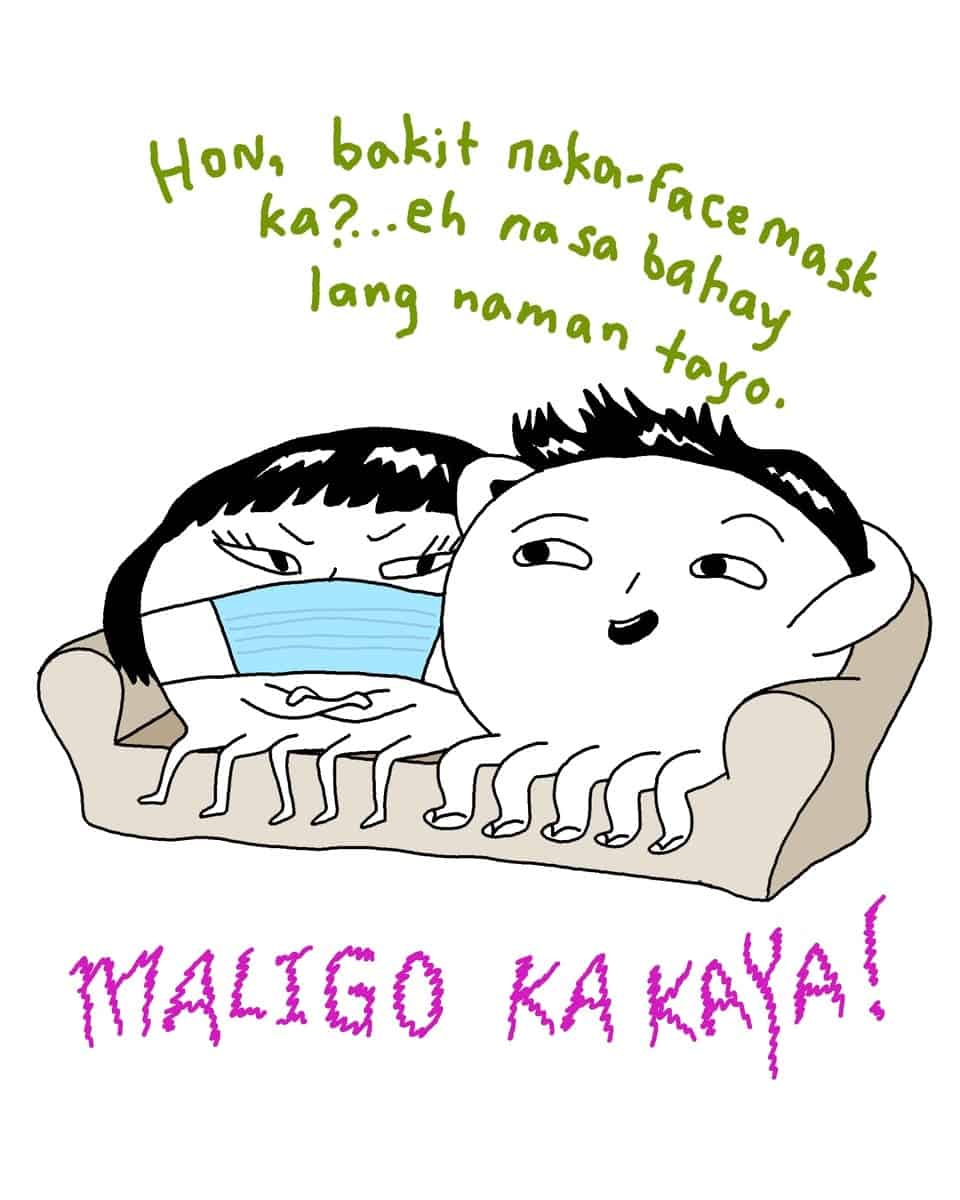
“As an artist, I have to do my role in my community. I want to contribute something that will give them hope . . . Like the comic strip project I am doing, I think it brings a smile to my followers,” says Fernandez, who hopes to inspire others not only to laugh but also to think creatively.
On kindness, compassion, and being human
Apart from offering different forms of comfort, several of the artists shared a similar conviction: to move people into collective action and spread compassion through their work.
“The role of the artist is to remain human, one who upholds compassion and dignity for others,” says feminist artist Nikki Luna. “As artists, we can continue doing what we do, but perhaps we may also contribute to the bigger picture of what may be needed during a crisis. If our skills can help, if we may give our time, that could be our role for now.”
With no kind act being too small or grand, several artists have directly helped the most severely affected in this pandemic in their own unique ways. Luna collaborated with other artists and feminists to create a donation drive for vulnerable communities of women and girls, providing a “Collective Caring Pack” of rice, sardines, noodles and feminine care for disabled women, widows, orphaned children, and gender-based violence victims in the urban poor.
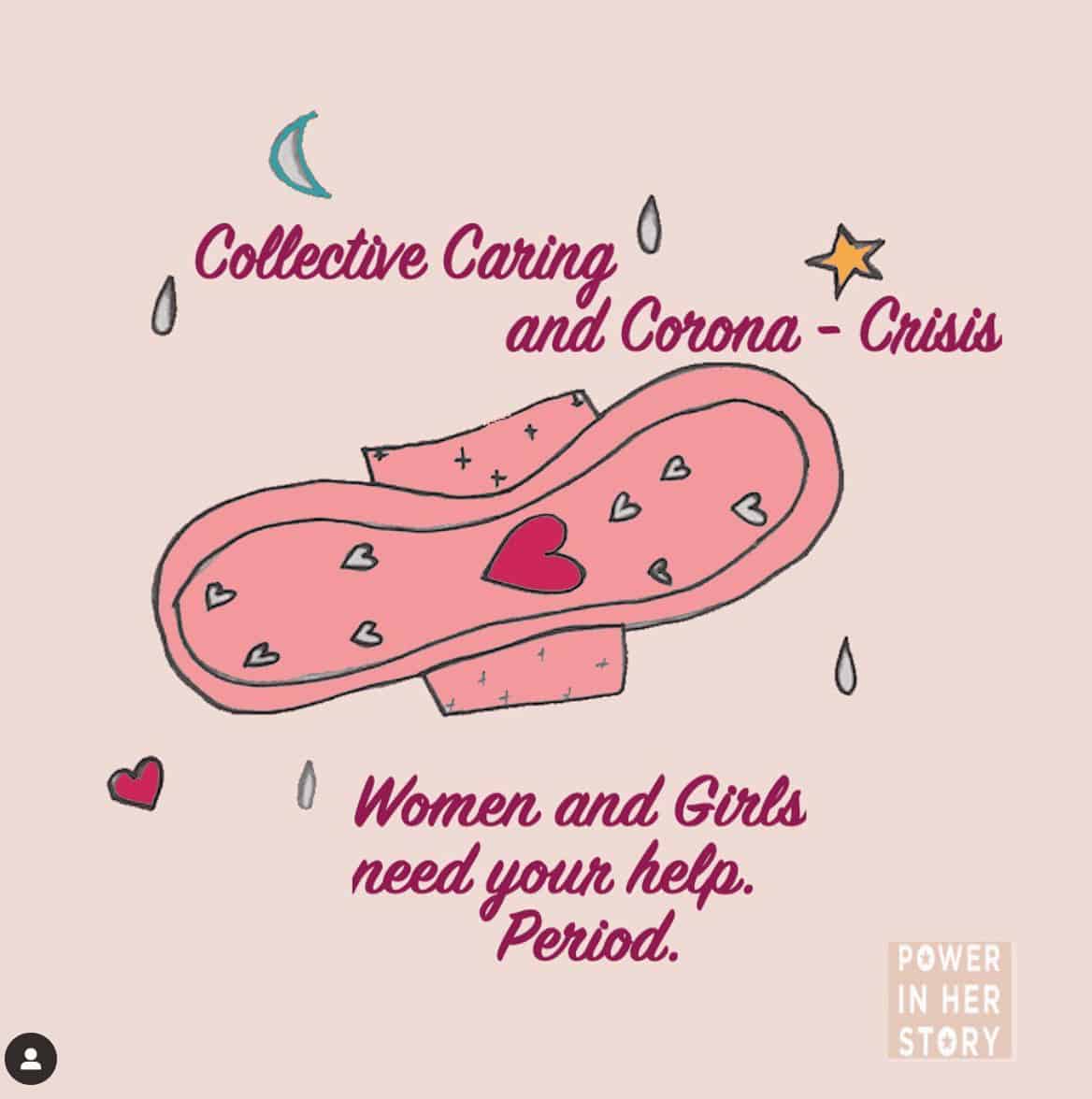
In a similar vein, Paras and Fernandez both donated works to an online auction “Anti-Virus”, wherein 100% of the proceeds were given to the Philippine General Hospital Foundation. Barte, along with 23 other artists, writers, and photographers, created an e-book titled, First There were Rocks, Then There was the World—donating all of the proceeds to support healthcare workers, farmers, fishermen, food delivery employees, and janitorial and security personnel. This group of creatives is fuelled by a common dream: to work towards a future that can “look back at a past that never gave up.”
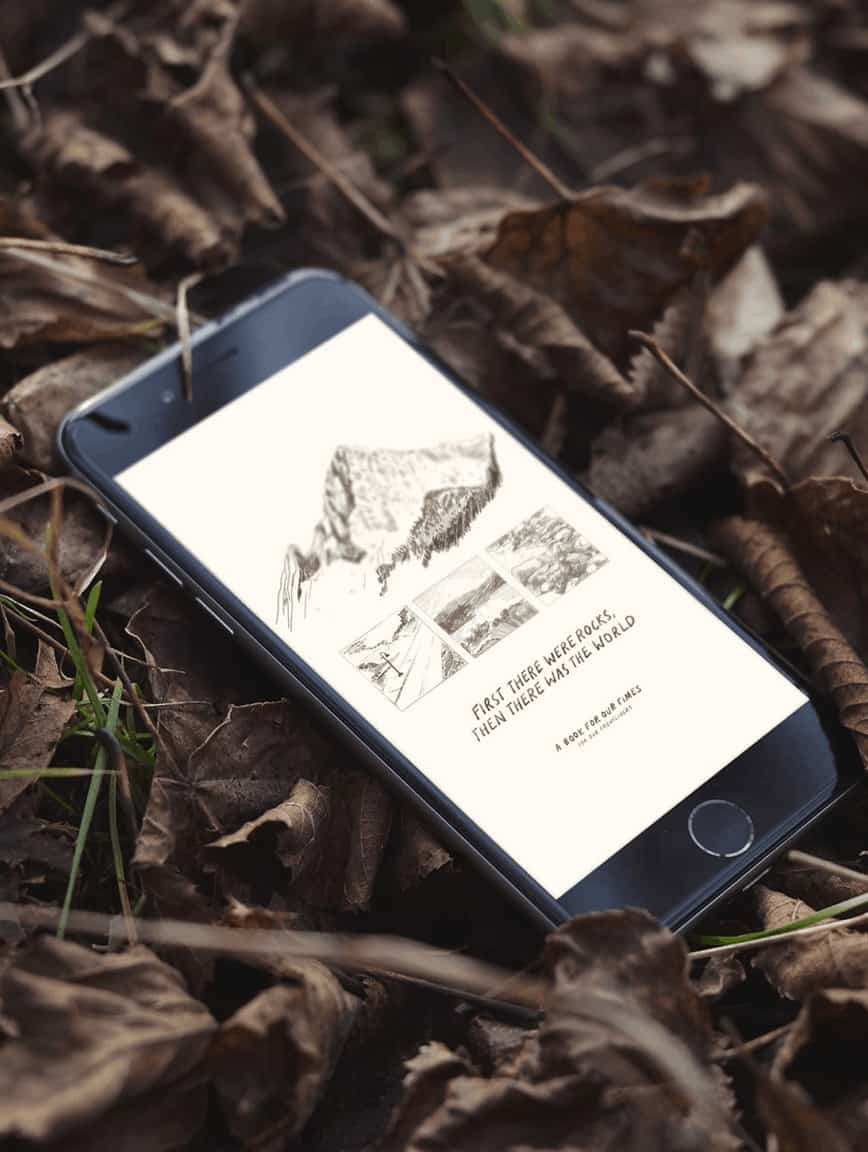
Healer, heal thyself?
While they have quickly used their art and creativity to help those most in need, artists themselves continue to face an increasingly precarious reality, as the very ecosystem that sustains them comes to a dramatic, unexpected halt. Uncertainty thickens the air day by day, and no one—from gallery owners, curators, to cultural workers—has a true claim on stability.
“Galleries will face the same challenges as other businesses right now – coping with (having) to pay salaries and rent, even as no revenues are coming in,” says Gigo Alampay, director of the nonprofit CANVAS. “They have to figure out how to stay afloat under quarantine conditions, and then also try to figure out what the new normal will be months from now when things settle.”
“After this pandemic, (our) population of ‘struggling artists’ will be tenfold. We must be aware of their needs, and as a community, assist and nurture them back to productivity and well-being,” says Imao.
Some artists gave practical advice on how we can help them at this time: if you have the means, continue to buy their art. Share their works online and give them a platform to be seen. Or, simply be more aware and proud of our local creative community. Looking to the future, Luna says the art world may have to reframe grants and funding to artists, prioritising those who need the most economic assistance—such as those suffering from illness and disabilities, those who have been forced out of their homes, or those who are primary breadwinners, such as single mothers.
Ultimately, the end goal is clear: we must help artists in whatever way we can.
We may not realise it, but humanity itself depends on them. Perhaps not in the same way that we depend on doctors to save our lives—but to give a face to what we feel, to heighten our empathy, to come up with creative, compassionate solutions that lighten the burden of those who already have too much to carry.
To quote art critic Jerry Saltz, who recently wrote his response to the perpetual question if art can change the world: “In respect to those suffering and about to suffer, we must say no. However, art does change lives, and lives can change the world.”






